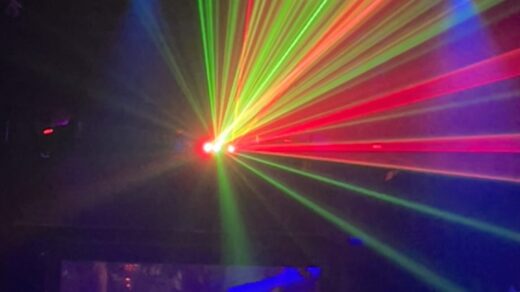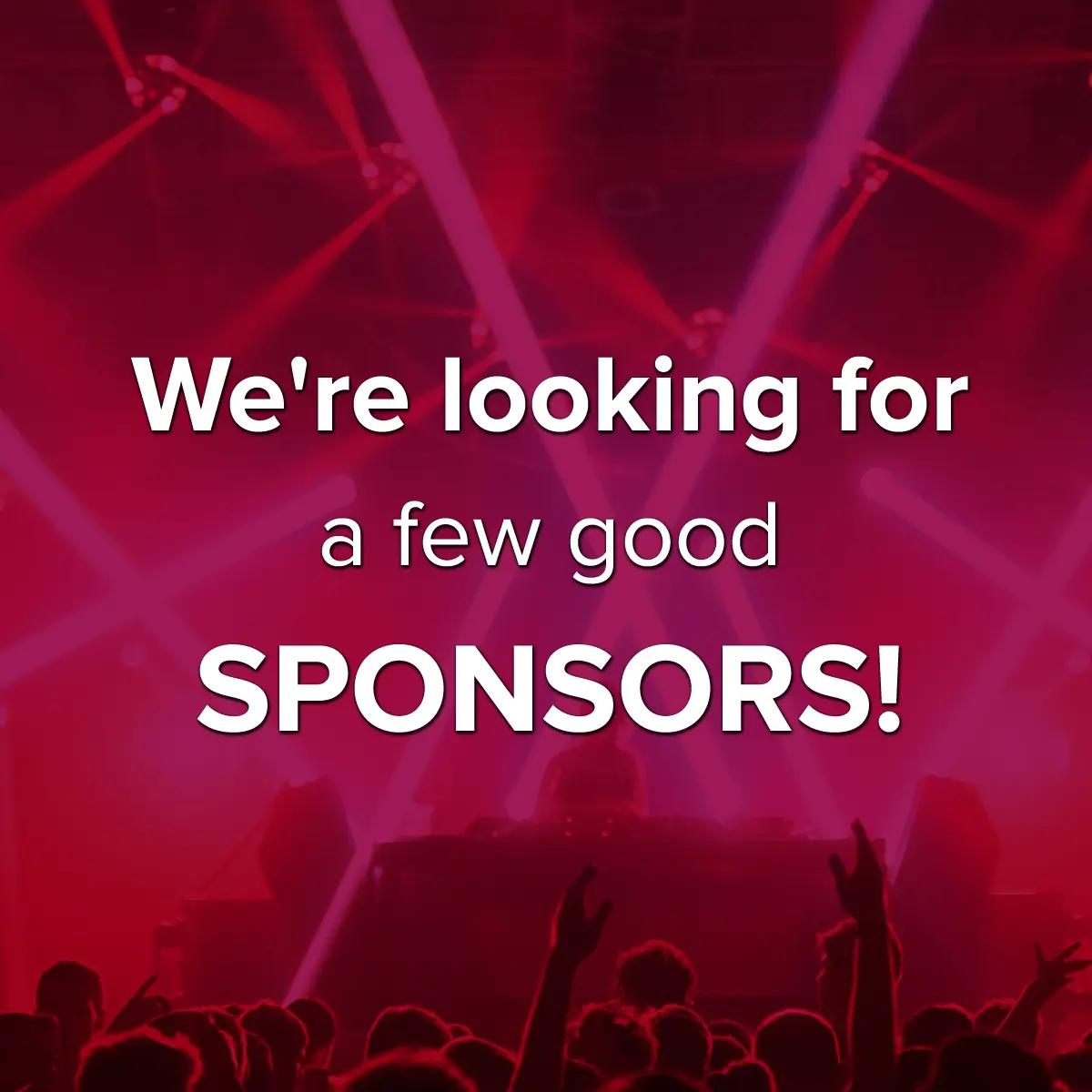When you think of raving, what comes to mind? Probably somewhere like Berghain or Club Space: a party in full swing, cloaked in darkness, peaking at 3 a.m. and raging through the night. In D.C., that image is starting to shift. While late-night warehouse shows are still alive and well, the city has begun challenging the idea that raving only happens after midnight. Over the last few years, D.C. has fully embraced the rise of the day party.
It makes sense for a city so deeply tied to the 9 to 5 grind. Many residents work in or around the government, including lawyers, staffers, and civil servants. Their jobs often require them to be physically present in the office at least four days a week. That leaves little room for 5 a.m. bedtimes and full recovery days. The traditional rave schedule doesn’t always fit the traditional D.C. lifestyle.
But rave culture has never been defined by age. Shows in the scene have long welcomed everyone from college kids to grandparents. What unites ravers isn’t youth; it’s the music, the movement, the community. Still, there’s a difference between a 21-year-old and a 40-year-old on the dance floor. The younger crowd might bounce back after a sunrise set. The older ones? They’ve got back pain and a non-negotiable bedtime.
So the question becomes: Do we give up raving when we hit “that age”? Do we leave the scene behind because we work 9 to 5? D.C.’s answer has been a definitive no. Clubs like Flash are leading the charge, hosting matinees and day parties with world-class DJs. Gone are the days when raving during the day meant being subject to fanboys with a laptop and a loose grasp on Pioneer’s hardware and its use. You can now expect to see serious musicians whose talent and preparedness shine through.
These parties often take place on weekend afternoons atop sun-drenched rooftops with sweeping views of the nation’s capital. Even better, they typically run from 3 PM to 9 PM, giving fans the freedom to dance without worrying about missing sleep before that important morning meeting or wasting a Sunday popping Advil. And truly, what is better than being able to get some Vitamin D while listening to your favorite music?
The vibes of the events stay true to the hallmarks of rave culture, just without some additional theatrics. Unfortunately, that means the kandi and pasties are being traded for Sketchers and a sensible tank. Aside from that one aspect, which candidly I think we can change – just look at Atlantic City’s daytime rave culture – the atmosphere is shockingly similar, just with better lighting. EDM draws a specific type of person and that stays true regardless of time of day. Fans are still psyched to see DJs they know and those they don’t. They’re excited to dance. They’re excited to connect. And most of all, they’re just excited to be there.
Some notable weekly day raves and event collectives include:
Hope to see you all with your sunnies.











